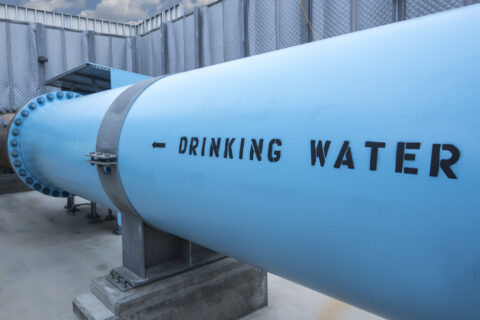By Frank Canavan, Senior Manager, State Affairs, American Gas Association
Local leaders know that a thriving hospitality industry can be a boon to economic development and sustained growth. Each year, these industries consume as much natural gas as the entire state of Maryland to create world-class meals and the seamless experience patrons expect.
A new study by the American Gas Association (AGA) explores how businesses such as hotels, restaurants, amusement parks, museums, and resorts depend on natural gas. The study finds that eliminating natural gas in the hospitality industry would result in increased costs of $23.2 billion through 2050, threatening an industry that supports 16.9 percent of all U.S. jobs. Many restaurants build their menu and plan their operations around using natural gas for cooking. Moreover, 90 percent of restaurateurs using natural gas say losing the ability to cook with an open flame from natural gas would negatively impact the quality of food that they serve.
As natural gas continues to fuel the hospitality sector, utility companies are constantly innovating to improve sustainability through a variety of new technologies. CenterPoint Energy and Radisson Blu Mall of America have partnered to install the first carbon-capture technology unit in a hotel in the world. The device is connected directly to the hotel’s natural gas water heater, where it captures CO2 and converts it to a nontoxic carbonate powder that can be recycled into soaps and detergents. The hotel also expects to reduce its energy bill because the unit recycles heat, increasing efficiency in the water heating system to achieve both emissions and cost reductions.
Additionally, our nation’s healthcare sector typically ranks at the top of essential industries that depend on natural gas. Survey data from the U.S. Energy Information Administration shows that 74% of hospitals use natural gas for space heating, and 80% use natural gas for water heating. EIA’s survey data show zero all-electric inpatient healthcare facilities in the United States and removing natural gas would cost the healthcare sector a total of $16.3 billion through 2050, according to a recent AGA study.
Hospitals often utilize combined heat and power (CHP) systems fueled by natural gas to ensure affordable, reliable energy even when the power grid goes down. CHP is the concurrent generation of electricity and thermal energy for heating, cooling, hot water, and steam for sterilization. According to the U.S. Environmental Protection Agency, CHP systems are installed in more than 200 hospitals across 30 states. For example, during the devastation of Hurricane Sandy in 2012, the Montefiore Medical Center in New York was able to operate without interruption and continue to provide medical care due to its CHP system. The system saves the hospital over $2 million/year in energy costs and reduces CO2 emissions by 17,900 tons/year.
Locally owned hospitals could stand to reduce emissions, save on energy costs, and increase their resilience by incorporating a CHP system into their facilities. Click here to learn more about how AGA members are delivering affordable and reliable energy, driving down emissions and helping to achieve our nation’s energy and environmental goals.








